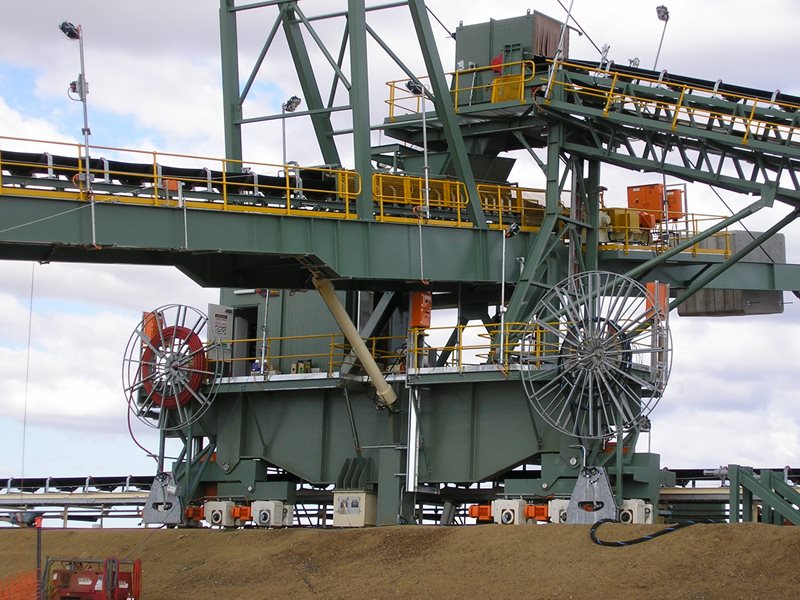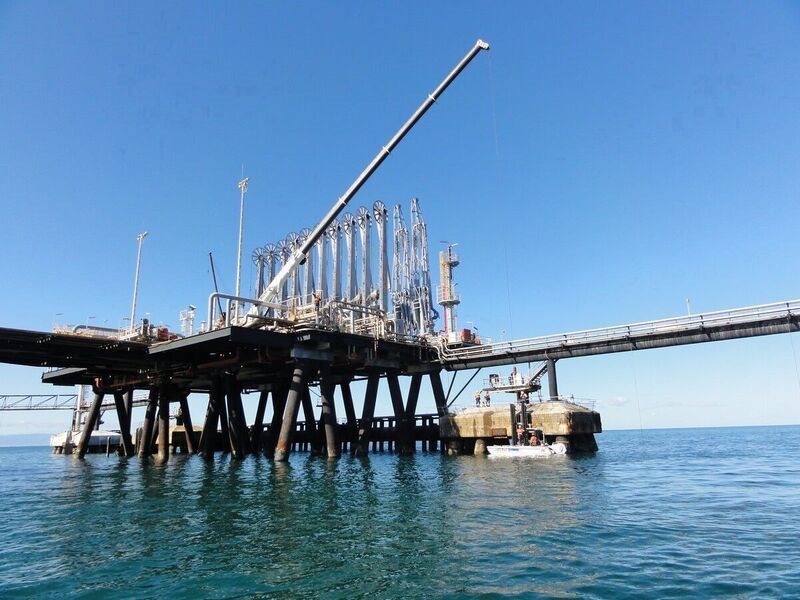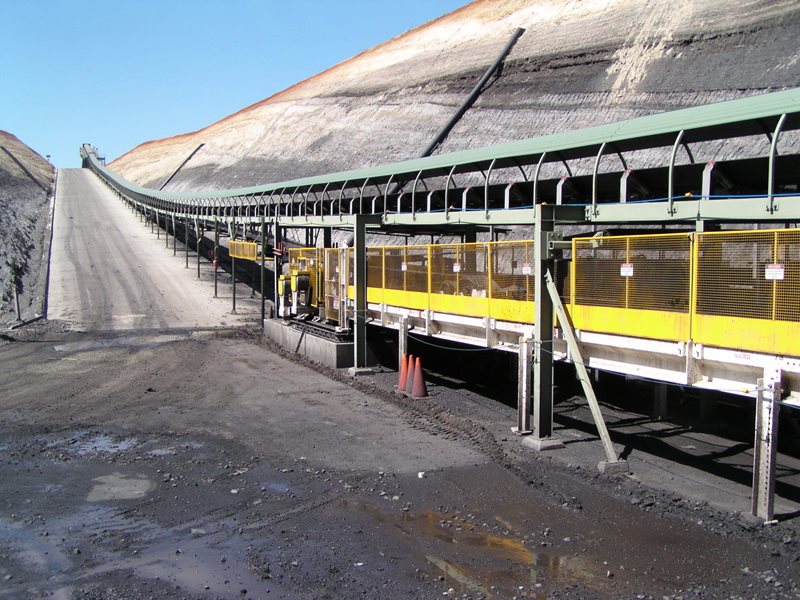

Material selection shapes the flexibility, cost-effectiveness and durability of the infrastructure that surrounds us. Steel underpins many of the services we take for granted, such as power, water, transportation and sanitation, and it enables our daily work and social lives.
Next time you are on your way to work or home, take a look around and imagine how we would function without the use of steel.


Steel's use in infrastructure is pervasive. Among the many types of infrastructure that utilise steel are:
Steel has the highest strength-to-weight ratio of all the primary construction products. In high-strength form, steel not only provides all the advantages of reduced weight and increased strength that are needed for infrastructure projects, it also exhibits superior toughness.
It's no surprise that there are multiple benefits offered by high-performance, high-strength steel.


